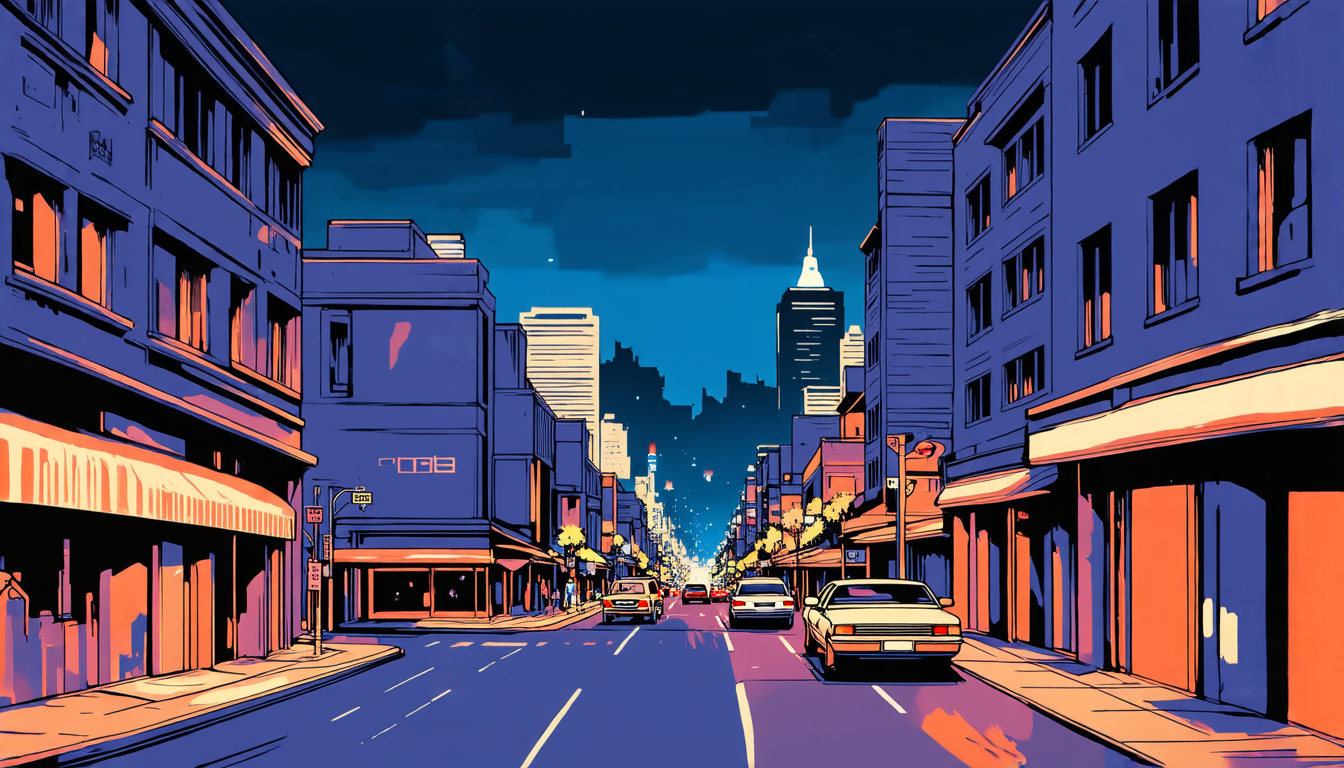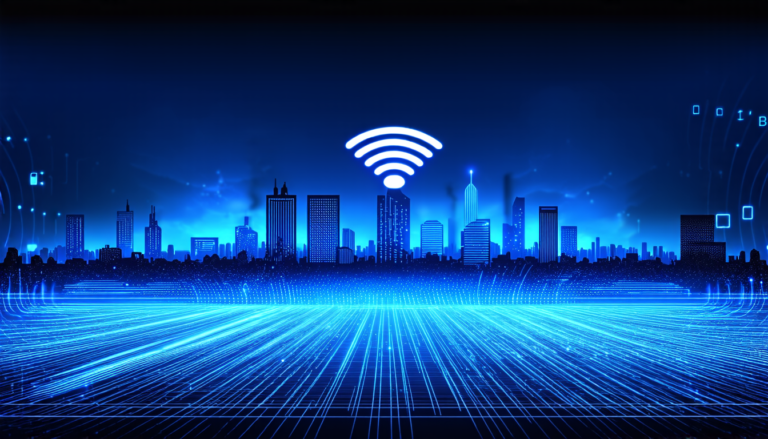Wednesday 16 April 2025
Researchers have made significant strides in developing a new technology that can accurately estimate three-dimensional geometry from two-dimensional images and videos. This breakthrough has far-reaching implications for various fields, including robotics, virtual reality, and even autonomous vehicles.
The key to this achievement lies in the creation of a novel approach called GeometryCrafter. By leveraging advanced computer vision techniques and machine learning algorithms, GeometryCrafter is capable of generating high-quality three-dimensional point maps from ordinary images and videos.
To put it simply, GeometryCrafter takes in visual data as input, analyzes it, and then outputs a detailed map of the scene’s geometry. This information can be used to create precise 3D models, enabling applications such as virtual reality experiences that are indistinguishable from real life or autonomous vehicles that can navigate complex environments with ease.
GeometryCrafter’s innovative approach involves the use of a point map variational autoencoder (VAE), which is trained on large datasets of images and videos. This VAE learns to compress the visual data into a compact representation, allowing it to be processed efficiently. The decoder part of the VAE then reconstructs the original image from this compact representation.
To further improve the accuracy of GeometryCrafter’s predictions, researchers employed another important component: a diffusion UNet denoiser. This neural network is trained on videos with varying lengths and sequence lengths, allowing it to learn how to generate temporally consistent point maps that accurately capture dynamic scenes.
The results are nothing short of astonishing. GeometryCrafter has demonstrated exceptional performance in estimating 3D geometry from real-world videos, outperforming state-of-the-art methods in various benchmarks. The technology is capable of handling complex scenarios, such as multiple objects moving independently or dynamic lighting conditions, with ease.
In addition to its impressive accuracy, GeometryCrafter’s efficiency and scalability make it an attractive solution for practical applications. The system can process videos with varying lengths and resolutions, making it suitable for use in a wide range of industries.
The implications of this technology are far-reaching and exciting. For instance, autonomous vehicles could utilize GeometryCrafter to create detailed 3D maps of their surroundings, enhancing navigation and obstacle detection capabilities. Virtual reality experiences could become even more immersive and realistic, with GeometryCrafter-generated point maps providing a precise representation of the virtual environment.
Cite this article: “Temporal Geometry Estimation from Monocular Videos: A Diffusion-Based Approach”, The Science Archive, 2025.
Computer Vision, Machine Learning, 3D Geometry, Point Maps, Virtual Reality, Autonomous Vehicles, Robotics, Video Analysis, Image Processing, Deep Learning







